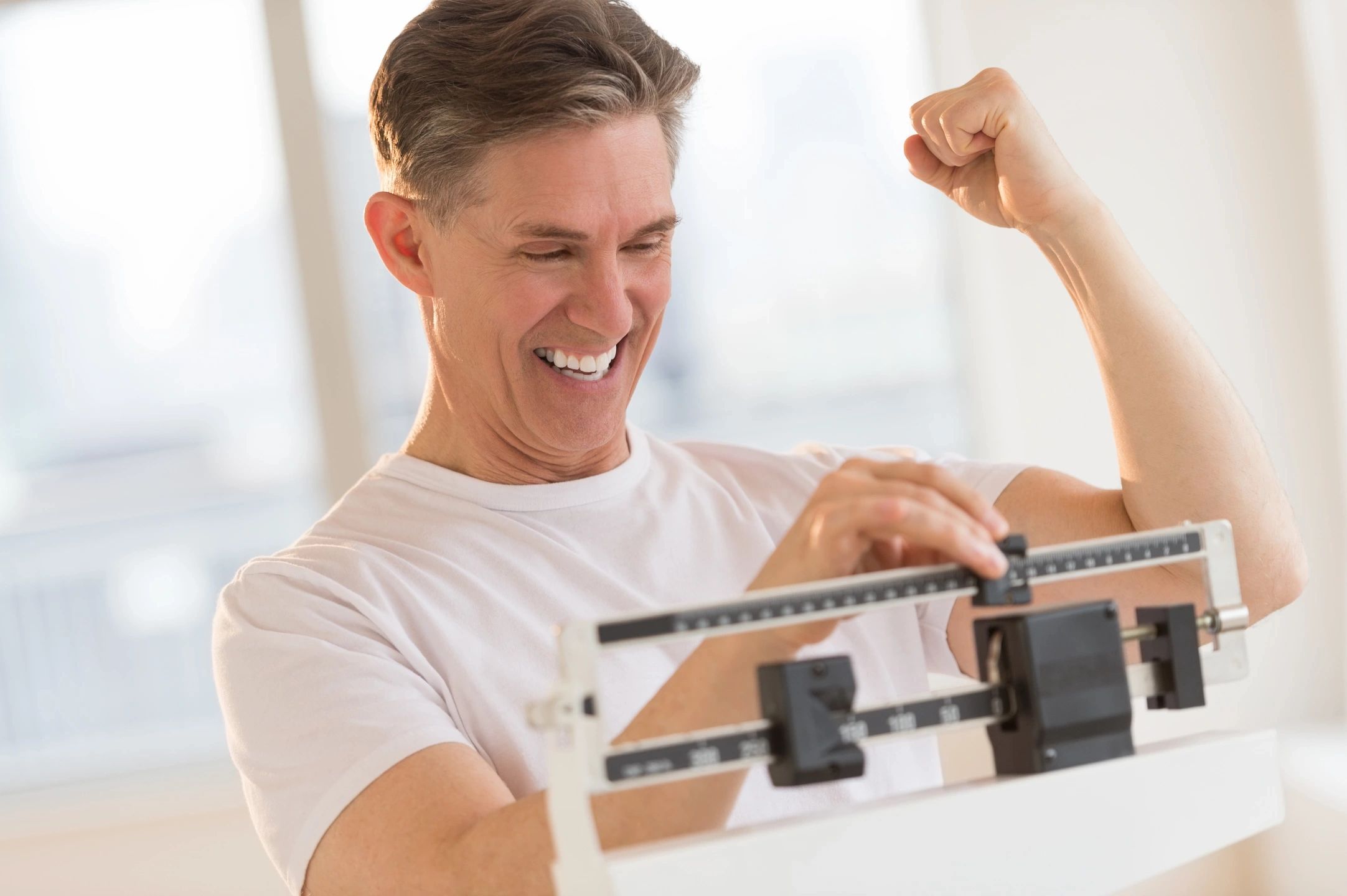Testosterone, a vital hormone for male health, orchestrates a range of physiological functions. As men age, a decline in testosterone levels may occur, giving rise to a condition known as low testosterone or hypogonadism. This decline often manifests in a spectrum of symptoms affecting physical and mental well-being. In this comprehensive blog post, we will explore the most common symptoms of low testosterone in men and delve into how treatment options, with a special focus on Testosterone Replacement Therapy (TRT), can help alleviate these symptoms and restore hormonal balance.
Symptoms of Low Testosterone
1. Fatigue and Low Energy:
Persistent fatigue and a lack of energy are common indicators of low testosterone. Men may find themselves feeling tired, even after sufficient rest, impacting their ability to engage in daily activities and diminishing overall quality of life.
2. Reduced Libido and Erectile Dysfunction:
Low testosterone levels can lead to a diminished interest in sex and difficulties in achieving or maintaining an erection. These issues not only affect intimate relationships but can also have profound implications for self-esteem and mental health.
3. Changes in Mood:
Hormonal fluctuations, particularly low testosterone, can contribute to mood swings, irritability, and even depression. Men may experience unexplained feelings of sadness or anxiety.
4. Decreased Muscle Mass and Strength:
Testosterone is essential for the development and maintenance of muscle mass. Men with low testosterone may notice a decline in muscle mass and strength, even with regular exercise.
5. Increased Body Fat:
Low testosterone is associated with an increase in body fat, especially around the abdomen. This shift in fat distribution can elevate the risk of cardiovascular disease and diabetes.
6. Bone Density Loss:
Maintaining adequate testosterone levels is crucial for preserving bone density. Low testosterone can result in bone loss, increasing the risk of fractures and osteoporosis, particularly as men age.
7. Difficulty Concentrating:
Cognitive functions, including memory and concentration, may be impaired by low testosterone. Men may find it challenging to stay focused or experience a decline in cognitive abilities.
Testosterone Replacement Therapy (TRT)
1. Overview of TRT:
TRT is a well-established and effective treatment for low testosterone. It involves the administration of exogenous testosterone to supplement or replace the body’s natural production. This can be achieved through various delivery methods, including injections, patches, gels, or pellets.
2. Administration Methods:
– Injections: Administered intramuscularly, testosterone injections are a common and effective method of delivering the hormone. The frequency of injections varies, with some individuals opting for weekly injections while others may receive them less frequently.
– Patches: Testosterone patches are applied to the skin, delivering a controlled amount of the hormone directly into the bloodstream. Patches are typically applied to clean, dry skin on the back, abdomen, thighs, or upper arms.
– Gels: Testosterone gels are applied topically to the skin, allowing for absorption through the skin into the bloodstream. Gels are usually applied to the shoulders, upper arms, or abdomen.
– Pellets: Subcutaneous pellets containing testosterone are implanted under the skin, providing a slow and steady release of the hormone over several months.
3. Monitoring and Adjustments:
– Regular monitoring of hormone levels is crucial during TRT to ensure that testosterone levels remain within the target range.
– Healthcare professionals will assess the individual’s response to treatment and make necessary adjustments to the dosage or administration method as needed.
4. Benefits of TRT:
– Improved Energy Levels: Many individuals report increased energy and reduced fatigue after starting TRT, allowing for a more active and engaged lifestyle.
– Enhanced Libido and Sexual Function:** TRT often leads to an improvement in libido and can address erectile dysfunction, contributing to a more satisfying sex life.
– Increased Muscle Mass and Strength: TRT can help reverse the decline in muscle mass and strength associated with low testosterone, supporting physical performance and overall fitness.
– Fat Loss: Some individuals experience a reduction in body fat, particularly in the abdominal region, which can contribute to better overall health.
TRT Stands Out
Understanding the symptoms of low testosterone is crucial for prompt diagnosis and intervention. While lifestyle modifications, stress management, and adequate sleep play integral roles in addressing low testosterone, Testosterone Replacement Therapy stands out as a highly effective and targeted treatment option. By working closely with healthcare professionals, individuals can tailor a comprehensive treatment plan that may include TRT, leading to improved hormonal balance and an enhanced quality of life. It’s essential for those experiencing symptoms to seek professional guidance, ensuring a personalized approach to their unique circumstances. Whether through lifestyle changes, stress management, or TRT, addressing low testosterone can pave the way to a healthier and more fulfilling life for men.




